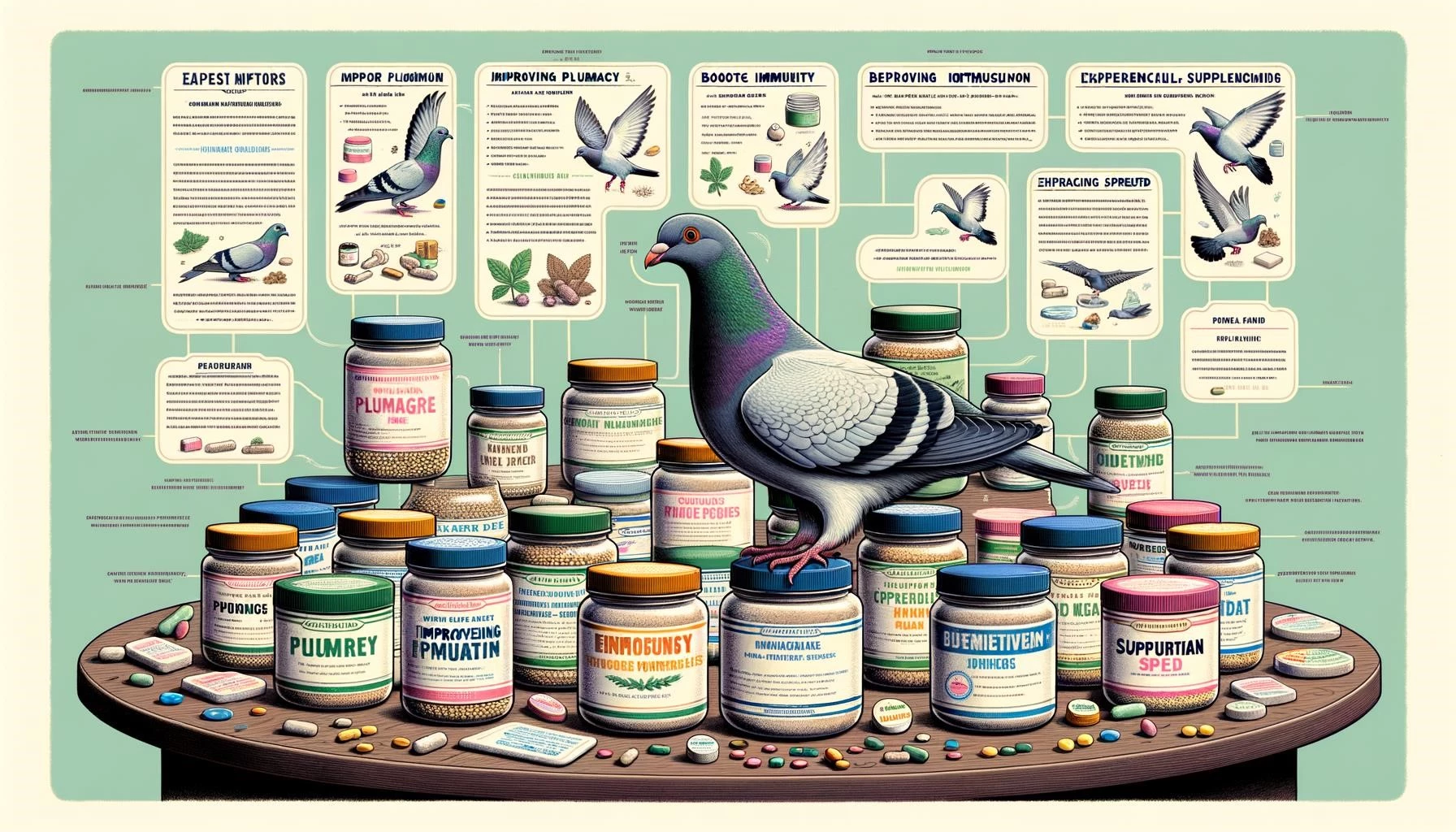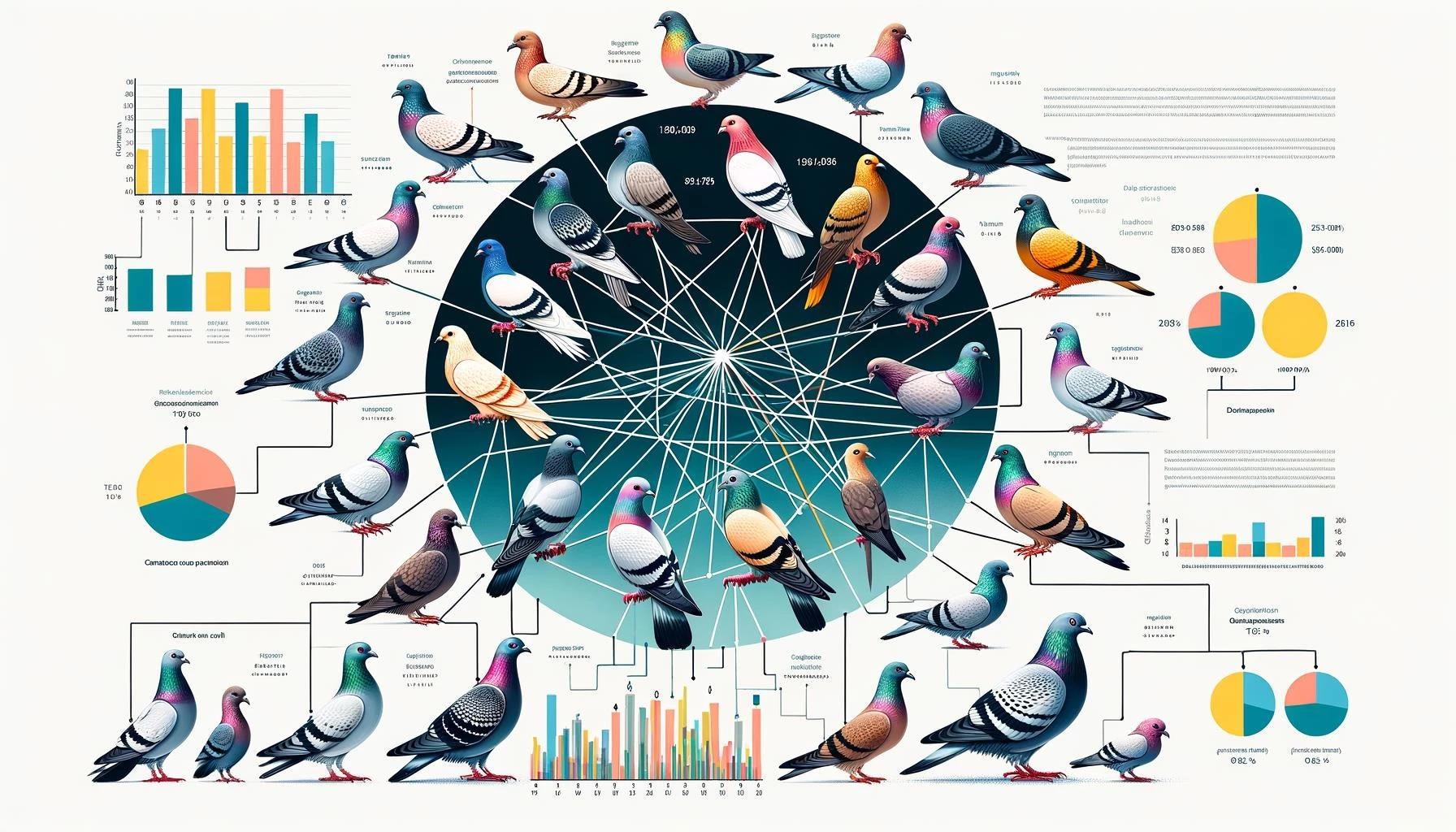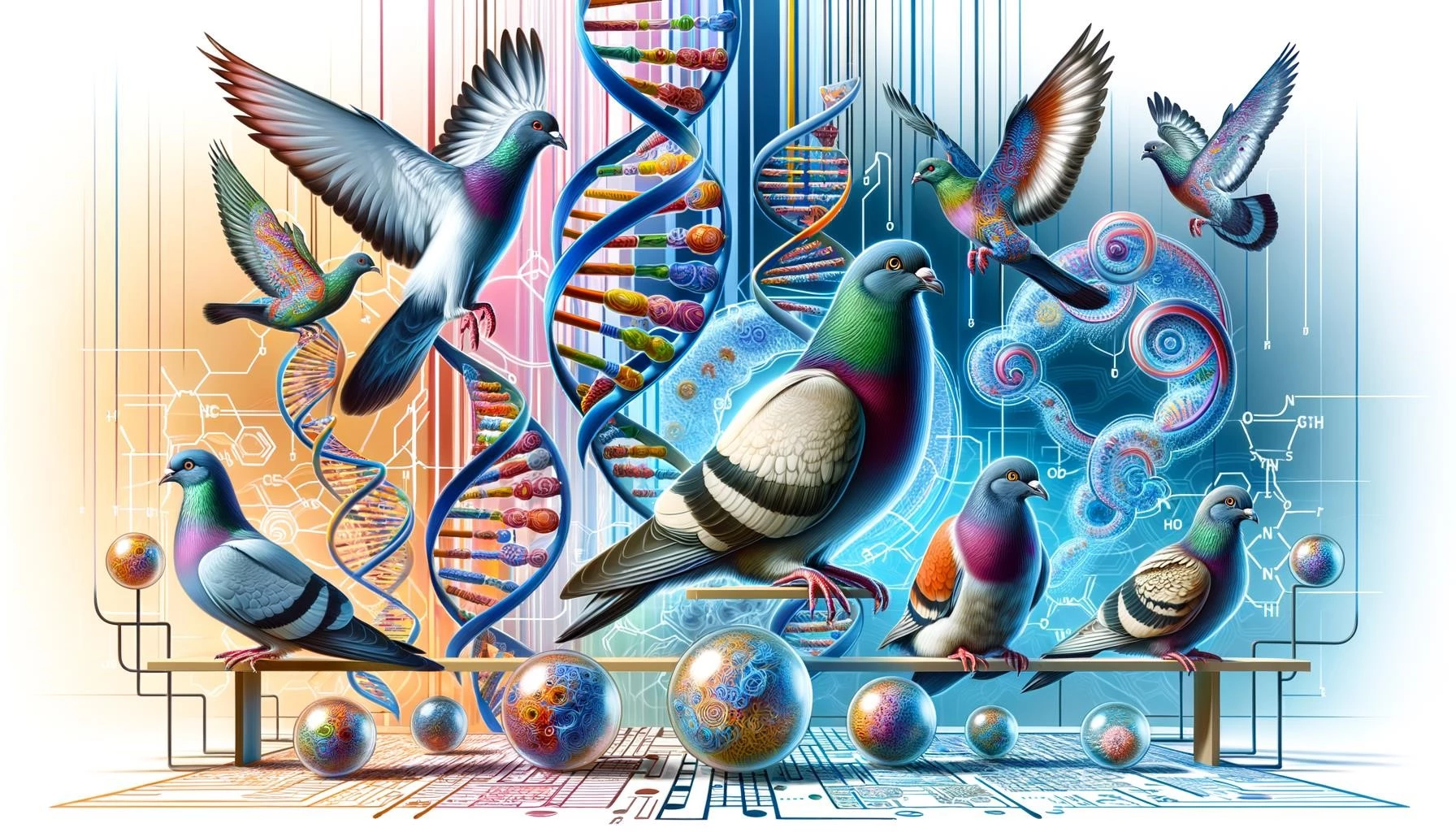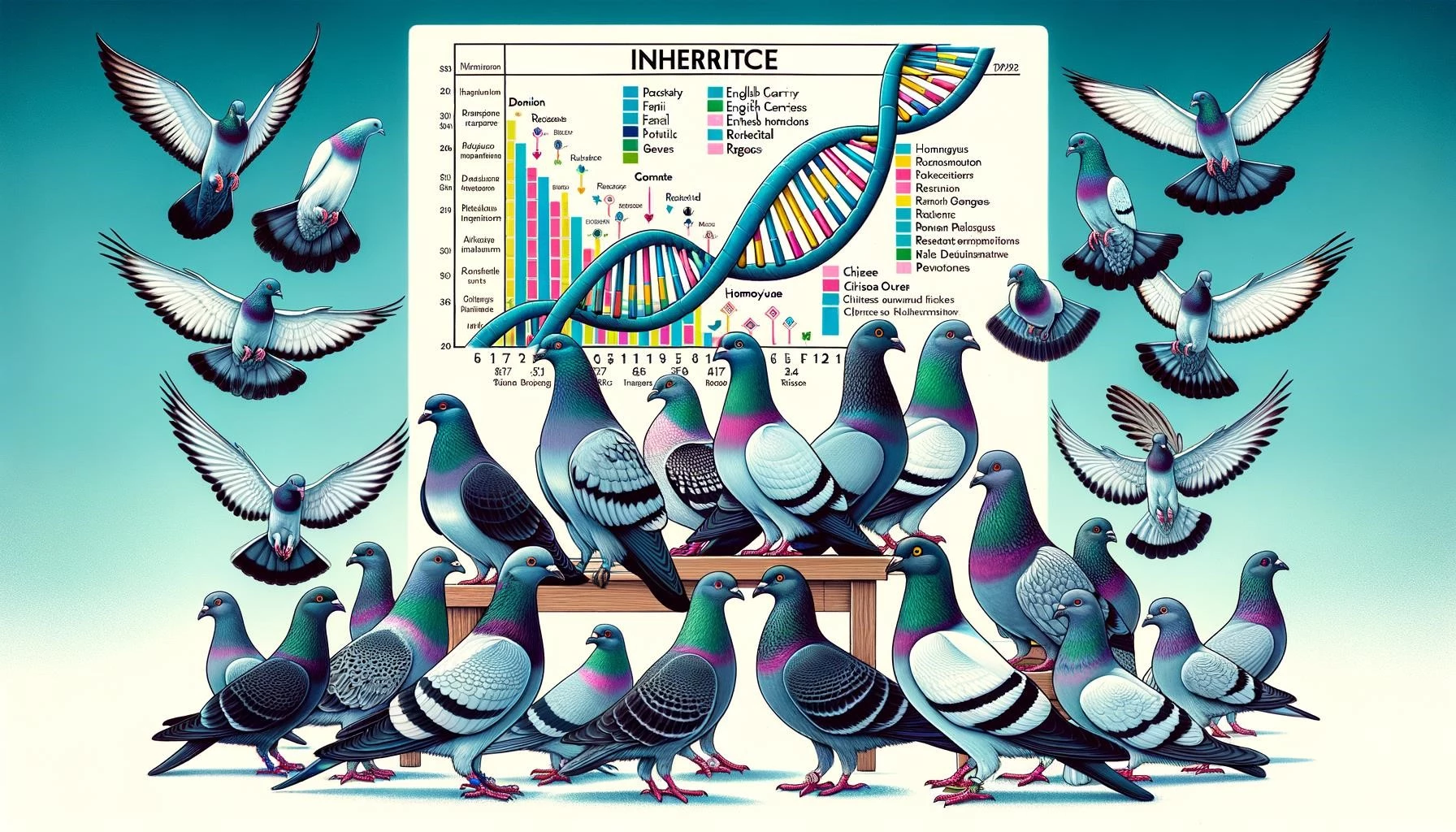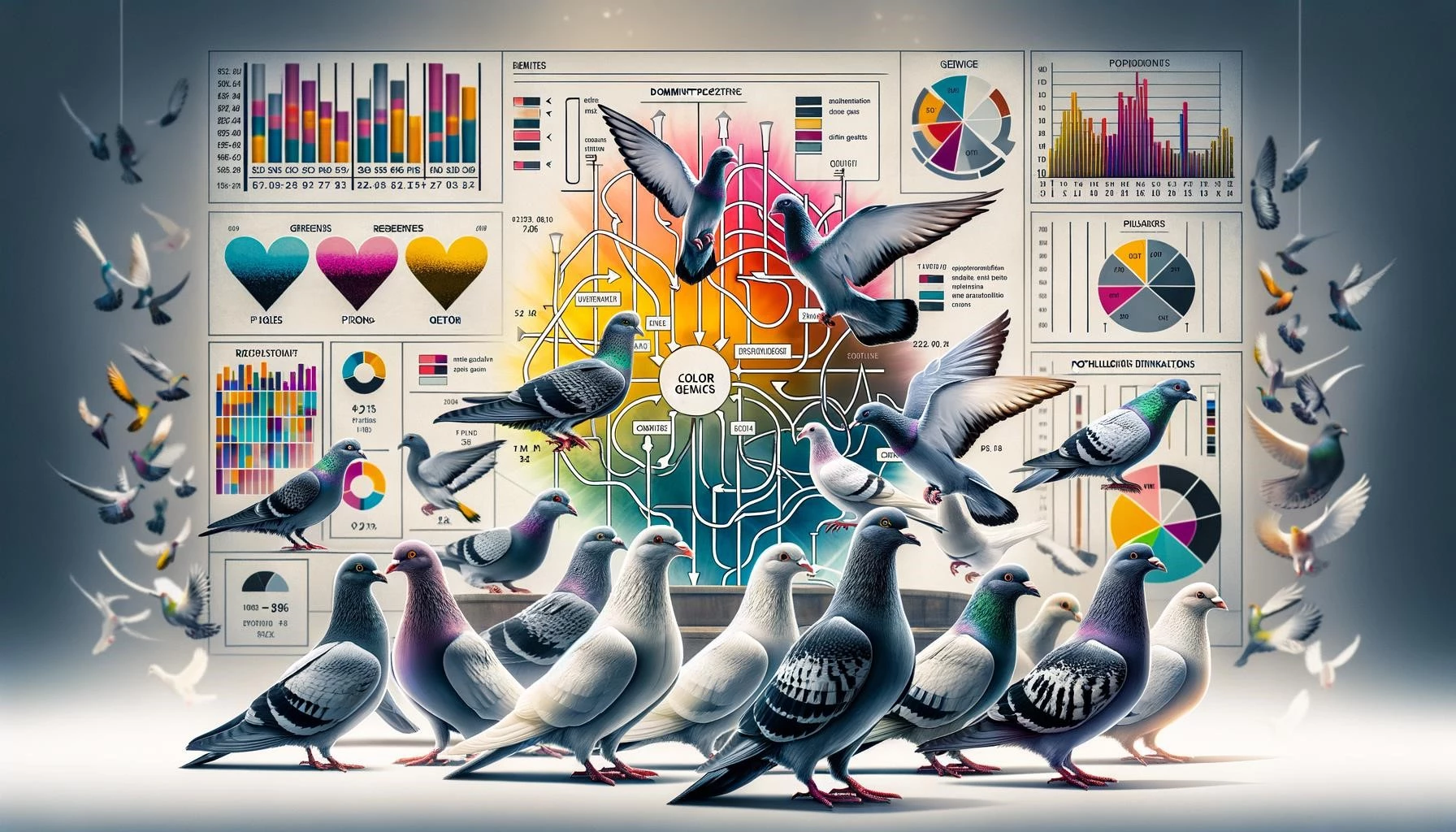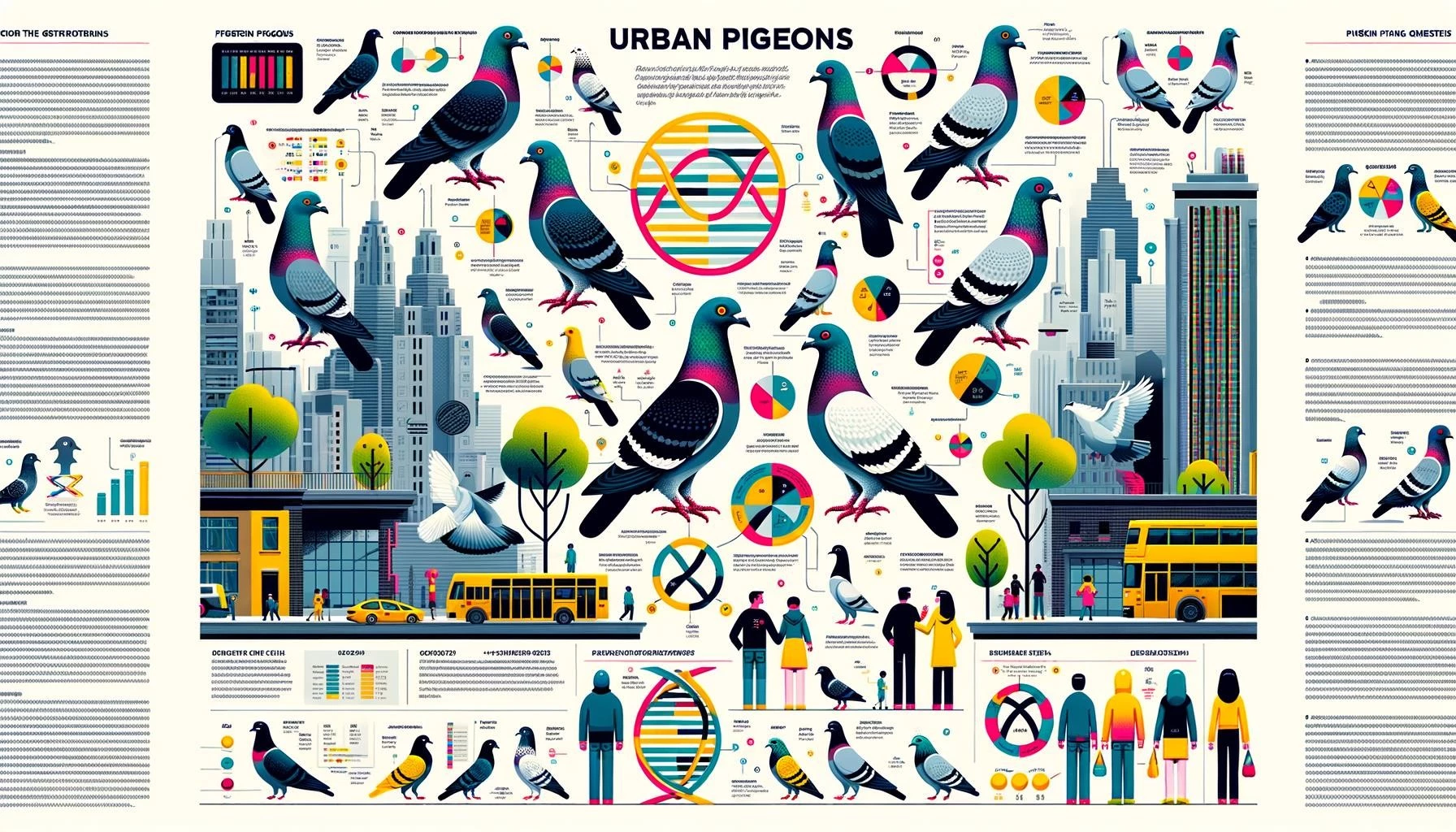Pigeons, specifically urban pigeons, are fascinating creatures that have adapted to thrive in human-altered environments. The study of their population genetics provides insights into their evolutionary history, adaptation to urban habitats, and the genetic factors that contribute to their diverse phenotypes. In this article, we will explore the genetic diversity of pigeon populations, the evolutionary forces shaping their gene pool, and the implications of population genetics research for pigeon conservation and management.
Key Takeaways
- Pigeon populations exhibit high genetic diversity due to a combination of natural variation and human-mediated factors such as domestication and urbanization.
- Research on pigeon population genetics has identified genetic markers associated with plumage variations and racing performance.
- Feral pigeon populations show unique genetic components not shared by other populations, suggesting localized genetic adaptations.
- The passenger pigeon, once a highly abundant species, experienced a dramatic decline and eventual extinction partly due to its large population size, which made it vulnerable to changes in its habitat.
- Understanding the population genetics of pigeons can inform conservation efforts and ensure the long-term viability of these urban-adapted birds.
Genetic Diversity in Pigeon Populations
Pigeons, including domesticated and feral populations, exhibit high genetic diversity. This diversity is influenced by both natural evolutionary processes and human-mediated factors such as domestication and urbanization. Pigeons have been selectively bred for various traits, including plumage patterns and racing performance, resulting in a wide range of phenotypic variation that is reflected in their genetic makeup.
The genes responsible for plumage colors and patterns in pigeons have been studied extensively. These genes can be used as genetic markers to understand the genetic basis of trait variation in pigeons. For example, the LDHA variant gene has been associated with racing performance in Pakistani pigeons, indicating that specific genetic variants can contribute to athletic abilities in this species.
Evolutionary Forces Shaping Pigeon Populations
Pigeon populations have been shaped by various evolutionary forces, including genetic drift, gene flow, and natural selection. Genetic drift, the random change in gene frequencies over time, can result in the loss of genetic diversity in small or isolated populations. Gene flow, on the other hand, refers to the movement of genes from one population to another through migration, which can increase genetic diversity and promote adaptation to new environments.
Natural selection plays a role in shaping pigeon populations by favoring individuals with traits that enhance their survival and reproduction. For example, pigeons with certain plumage patterns may be better camouflaged or more attractive to potential mates, leading to differential survival and reproductive success. This selection pressure can drive the evolution of specific traits within pigeon populations.
Human activities, such as urbanization and domestication, have also influenced the genetic structure of pigeon populations. Urban pigeons have adapted to thrive in human-altered environments, benefiting from the availability of food and shelter provided by cities. Domestication has resulted in the creation of different pigeon breeds with distinctive traits and behaviors. These human-mediated factors have influenced the genetic diversity and population structure of pigeons worldwide.
Implications for Pigeon Conservation and Management
The study of pigeon population genetics has important implications for their conservation and management. Understanding the genetic diversity and structure of pigeon populations can inform conservation efforts by identifying genetically distinct populations that may require specific conservation measures. It can also provide insights into the genetic health and viability of pigeon populations, helping to mitigate the impact of factors such as habitat loss and disease outbreaks.
Population genetics research can also have practical applications in managing feral pigeon populations in urban areas. By understanding the genetic structure of feral pigeon populations, authorities can implement effective management strategies, such as targeted sterilization programs, to control population sizes and mitigate potential conflicts with humans.
In conclusion, the field of population genetics offers valuable insights into the genetic diversity, evolutionary history, and adaptation of pigeon populations. By studying the genetic makeup of these birds, researchers can gain a deeper understanding of their biology and contribute to their conservation and management in urban environments.

